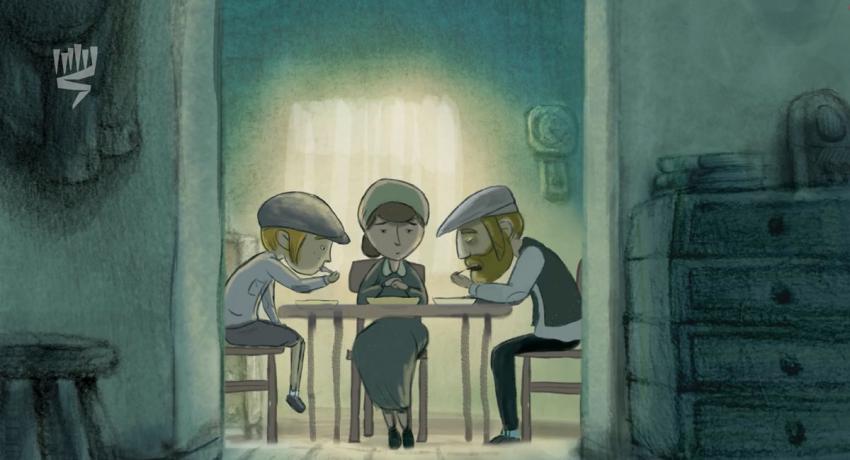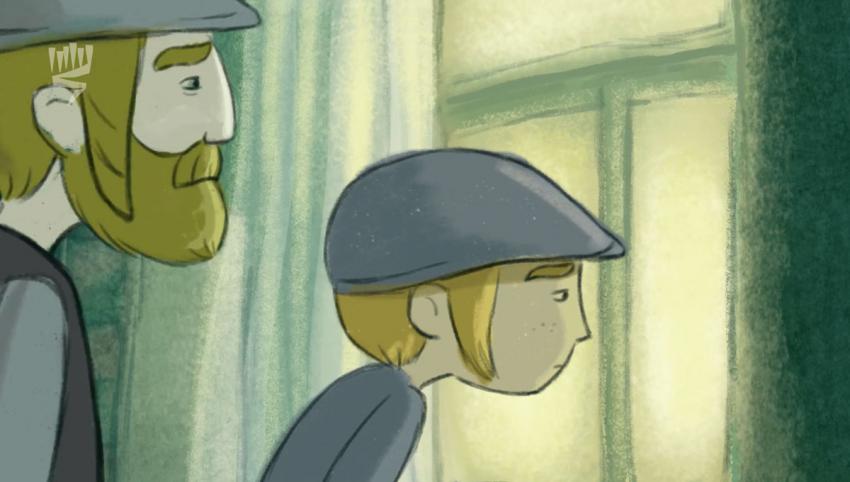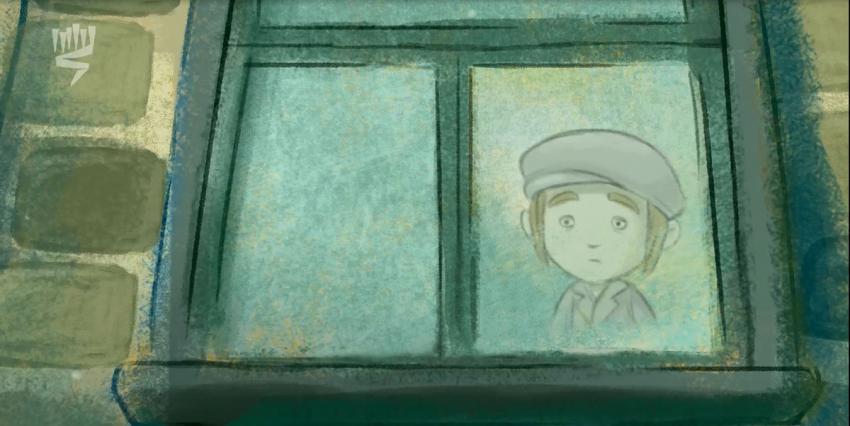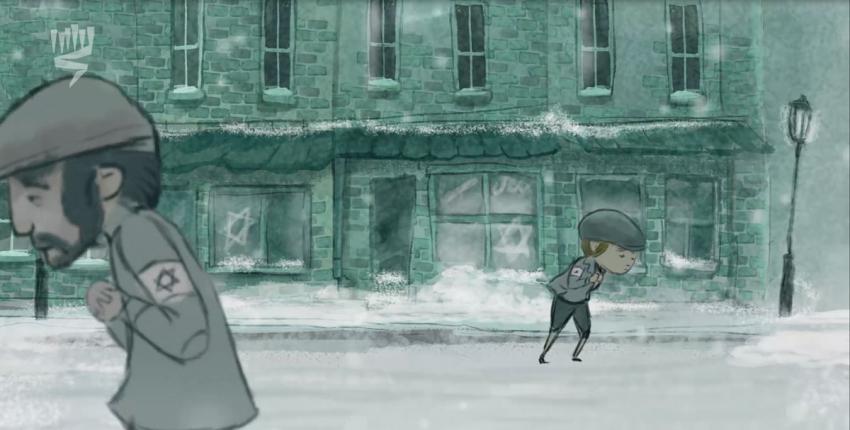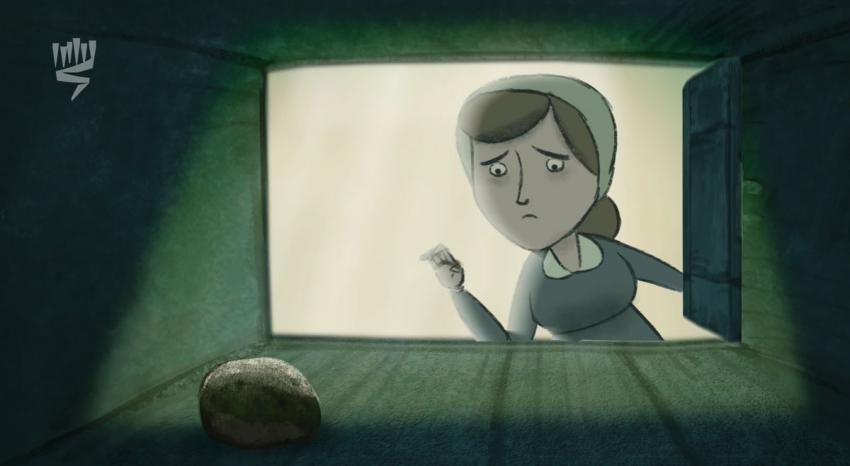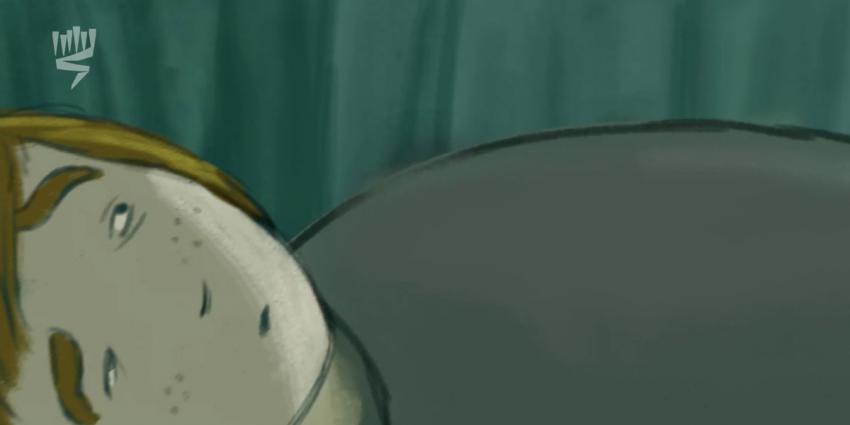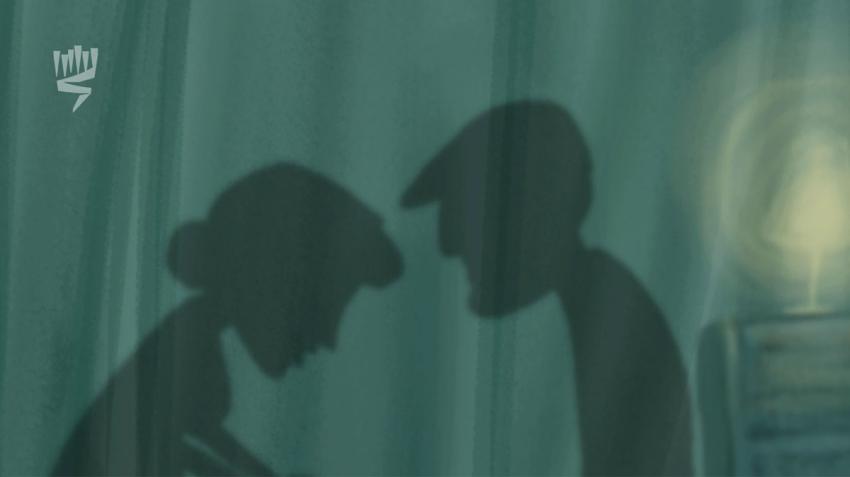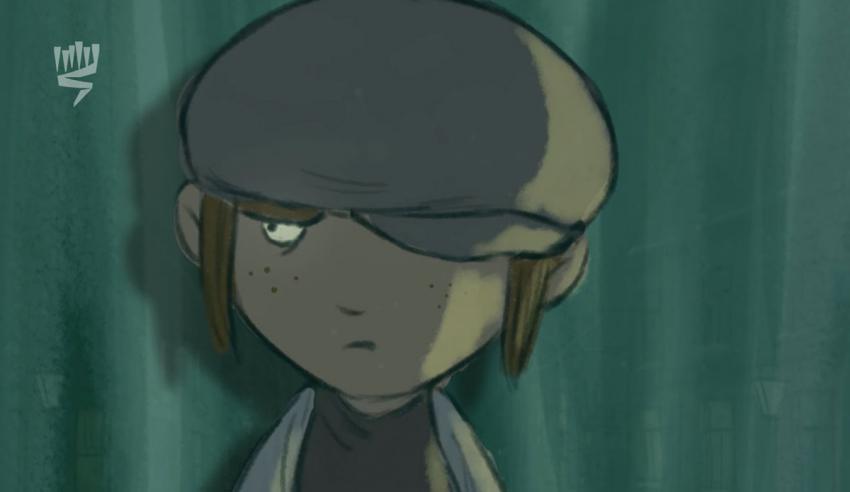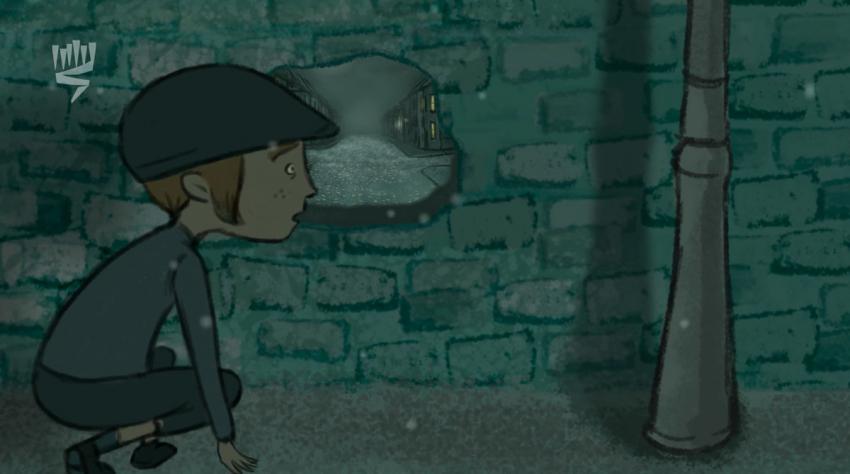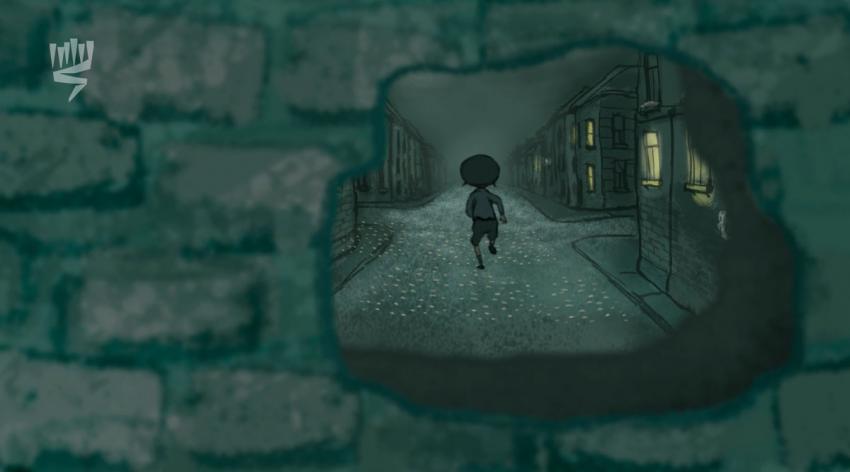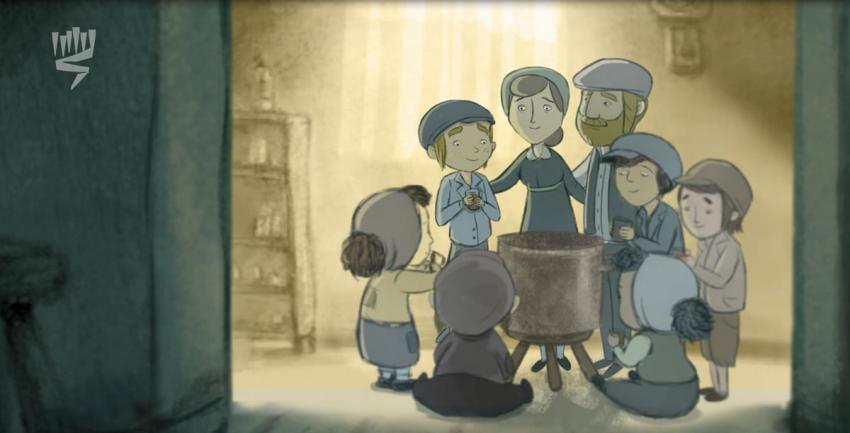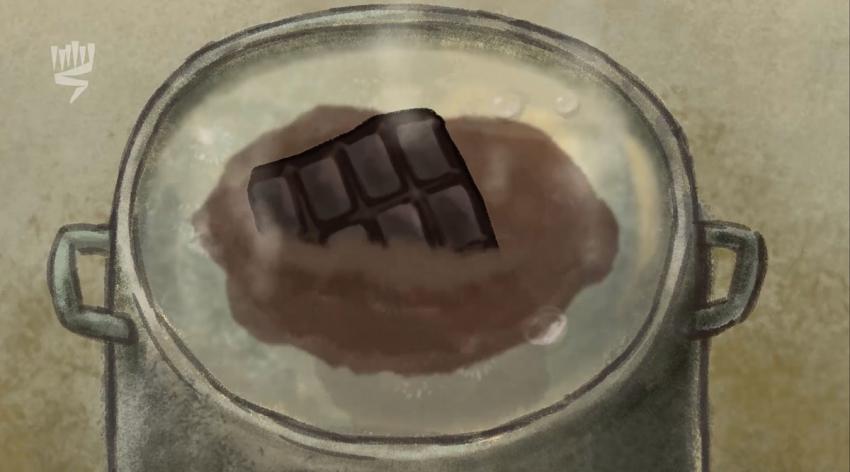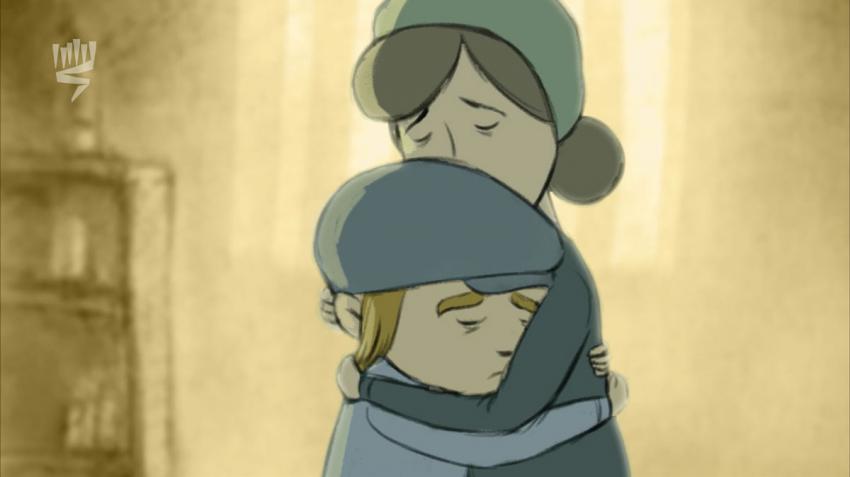Background Information
Background InformationSimcha Holzberg was born in Warsaw in 1925. He was the eldest son of his parents, Shmuel and Tzipora. Although the Holzbergs were poor, Simcha’s parents shared the little food they had with people who had even less than them. In the Warsaw ghetto, Simcha worked various jobs, smuggled food to support his family, and participated in the Warsaw Ghetto Uprising. He was also well known for his charitable acts in the ghetto. After the liquidation of the ghetto, Simcha was taken by the Nazis to the Budzin concentration camp. Eventually, he arrived at the Bergen-Belsen camp, from which he was liberated at the end of the war. In 1946, Simcha and his friends founded an ultra-orthodox kibbutz in Germany called "Chafetz Chaim", with the aim of preparing themselves for immigration to the Land of Israel. During his time in Germany, Simcha distributed food to needy Holocaust survivors and visited Holocaust survivors who were in the hospital, a practice he continued in Israel as well. Simcha got married and immigrated to Israel. He had two children.
In the 1950s, Simcha came to know Rabbi Aryeh Levin, nicknamed "Father of the Prisoners". Following meeting Rabbi Levin, Simcha began to devote most of his time to the care of the soldiers of the IDF who were wounded, and also to widows and orphans of soldiers who were killed in action. He supported them with mental and financial aid. After some time, he became known as the “Father of the Wounded”. He took care of the soldiers, visited them, encouraged them, and helped provide them with what they needed. Many of them felt indebted to him for helping with their rehabilitation and kept in touch with him over the years.
The values of giving and caring for others, which were central values that he learned from his parents, continued to guide his actions throughout the years. In 1976, Simcha Holzberg won the Israel Prize.
The film about Simcha provides educators with a valuable and age appropriate educational tool to teach the Holocaust with students in grades 3-4 as it contains the following features:
- The story is portrayed through animation which introduces students to key concepts in the history of the Holocaust, such as: the ghetto and the hardships it brought with it, but in a way that will avoid causing trauma.
- The film is structured in a way that a grandfather is telling his grandson what happened to Simcha in the Holocaust, immersing a young student into a safe setting with endearing characters before the Holocaust story is revealed. Furthermore, it helps differentiate between life today and when Simcha’s story happened, which is reflected in the realistic film of the grandfather and grandson, compared to the segments in the animation, which tell about the difficult time in the ghetto. The photographs at the beginning and at the end of the film provide a sort of bridge between the periods. This bridging is done by images that strengthen and build a sense of resilience, such as: friendship, giving and continuity.
- The film, in accordance with the educational principles of Yad Vashem, follows the entire life story of a survivor. First we see his life before the Holocaust, which is depicted through photographs that represent a vivid, rich and diverse world. Next we have the description of the Holocaust period where we see not only the difficulties that Jews faced under Nazi rule, but also the Jewish response to the hard conditions, such as: coping mechanisms, the supportive family, showing initiative and giving to others. Finally, we see rehabilitation and the process of returning to life after the Holocaust, which are also marked by the same values, such as the supportive family and giving to others.
- From the very beginning of the film, the children become aware of the fact that this is a child who survived the Holocaust, and this allows them to empathize with him in an emotionally safe environment.
Before Viewing the Film
Before Viewing the FilmA short introduction before showing the film is important for the students because it will prepare them for the story they are about to hear. It must be emphasized to them that they will watch a film about a child who survived the Holocaust and his name is Simcha. We can start by what the word Holocaust means to them. This is important mainly in order to allow the sharing of feelings, as well as in order to understand the emotional state and degree of understanding of the students on this subject. This does not mean that one should go into the depth about the Holocaust or describe difficult images.
Please note: this activity can be planned to take place on either January 27 (the International Day of Remembrance for the Victims of the Holocaust), 10th of Tevet (Holocaust day), or Yom HaShoah.
You can begin the lesson with the picture of Simcha Holzberg as an adult, and pictures of his description as a child and his hometown, Warsaw. Looking at the photos can allow the teacher to emphasize the fact that the film tells the story of a survivor, and also enable an introduction to Warsaw before the Holocaust. On the one hand, the photographs are in black and white, and therefore they emphasize how long ago the story takes place, but on the other hand, the pictures of the smiling children will allow the students to empathize with the story.
Please note: the photographs are also shown in the film. You can therefore choose not to show the pictures, and let the students see them in the film.
After Viewing the Film
After Viewing the FilmIt is very important to have a discussion after watching the film allowing for:
- Cognitive processing: in which the teacher verifies that the students have understood the story told in the film. Also, the film presents a number of historical topics and concepts that should be discussed, such as: Jewish life before the Holocaust, the Holocaust itself, anti-Jewish legislation, ghettos, loss of childhood, and the Jewish badge.
- Emotional processing: in which emphasis will be placed on those moments of light and strength that the film brings. This allows the students to contain the story presented in the film, and to not be overwhelmed by it, and it also helps to build a sense of resilience within them.
- Emphasis on Values-Based Teaching: it is very important that learning about a sensitive topic like the Holocaust be integrated with the development of the child's world of values in general, and with the values of your particular school. Therefore, it is important that a central part of the discussion with the class after the film be devoted to these values, which can be emphasized from the video, such as: giving, responsibility, helping others, caring, etc. in a world of chaos.
Below are several suggestions for discussion and activity to facilitate the processing:
A. Facilitating Discussion:
- Suggestion 1: The teacher selects several images from the next tab (or download here) and uses them to initiate a conversation with the students about what they understood from part of the film, and their feelings while watching it.
- Suggestion 2: Work in groups: Each student or group chooses the three images which they think are the most important in the movie and then explain to their friends (in the class or group) why these images were chosen.
- Suggestion 3: Each student chooses three pictures from the movie and writes a title for them followed by a discussion.
B. Written Processing:
On the board or on posters, the teacher will write the following sentences:
"I felt ______"
"I wanted to ask ________"
"I thought that Simcha______________"
"I would like to say to Simcha_________"
Each student will then receive a number of post-it notes and will complete the above sentences. Next, the students will stick their notes on the appropriate poster. Using what they have written, the teacher will lead a discussion about the children's feelings and what they understood from the film.
images from the film
images from the filmA Discussion of Values
A Discussion of ValuesTo allow the children to define the different values that can be learned from the film, they can be asked to choose a new title for the film, which will emphasize what they learned from it. It is also possible to suggest a number of keywords that can be integrated into the title, such as: giving, responsibility, continuity, mutual assistance, loving your neighbor as yourself, benevolence, and more.
Further Information:
Historical background
More About Simcha
The following was told to Yad Vashem by Simcha’s son, Ephraim.
Let Them Not Be Hungry
“I want to tell you about a mitzvah (good deed) that my father, Simcha Holzberg, has been doing for the past fifty years.
When I grew up, my father Simcha sent me to study at the Yeshiva (religious school) of the Western Wall headed by Rabbi Neriah. Once, my father came to my school to spend Yom Kippur (Day of Atonement) with me. On the eve of Yom Kippur, he suddenly thought, what will happen? So many Jews want to come and pray at the Western Wall, and at the end of Yom Kippur they will have nothing to eat or drink. My father, who, as you know, was a Holocaust survivor, could not bear the thought that there would be thousands of Jews here, fasting for twenty-four hours, and they would have nothing to eat and nothing to drink when it was over. ‘Just so they don't go hungry,’ he thought to himself and then he had an idea. He picked up the phone to the owner of the Tempo beverage factory, Moshe Bornstein, (who was also a Holocaust survivor), and told him in Yiddish: ‘Moshe, bring me a Tempo truck to the Wall for people who come for Yom Kippur.’ And that's how it worked. My father bought biscuits and things like that. This is what he did from 1967, the year the Wall was liberated, until the end of his life. And me too, I had no choice, I had to pick up the baton and continue the tradition. Today, fifty years have passed. We distribute thousands of bottles of drink, and seven thousand personal chocolate cakes. And you won't believe it, a miracle happens here, because after an hour… not a single crumb of cake is left!!!"
Three Matzahs (traditional unleavened bread for Passover), Three Generations
"On the last seder (traditional Passover meal) night in the Warsaw ghetto, my father was still with his parents, Shmuel Moshe and Tzipora Tzadika. Most of the houses of the Warsaw Ghetto were already destroyed. But my grandfather, may his memory be blessed, did not give up the mitzvah of eating matzah on seder night. He took the last coins he had left and went to the underground, where Jews who made matzah in secret, to buy matzah for the last seder. He was already seventy years old. He walked with the bag of matzah, and suddenly, one of the other ghetto residents, who was already very hungry, tried to steal the matzah from him and eat it. The matzah crumbled, and so did grandfather's heart. Grandfather managed to save only a few of the crumbs to bring home. With the same crumbs and broken matzah, he had a seder night in the bunkers of the ghetto. My father, who was at this seder, never forgot it.
My father managed to survive and years later he got married, immigrated to Israel and raised us. When I grew up and got married, I moved to the Jewish Quarter in Jerusalem.
In the Jewish Quarter of Jerusalem, I was happy to see hundreds of thousands of Jews who came to the Western Wall on Passover. However, some of those Jews brought chametz with them - on Passover - and it was a little sad for me to see.
I consulted with my rabbi, Rabbi Eliashiv. He told me to give out matzah to the Jews. Give them a gift bag of matzah, with a smile!
I bought three hundred kilos of matzah and I made beautiful envelopes with an explanation about Passover, its history and redemption. I saw that many people appreciated this gesture, and also when I handed out drinks.
One Passover, when I returned from the bakery with the matzah, I brought them to my friend Shimon for distribution. Suddenly, I felt the need to literally kiss the package of matzah, which we also call the 'bread of faith'. And I thought to myself, ‘Efraim, why exactly did you get to distribute this matzah, the matzah of love?’ Then the answer came to me. Because of the three broken matzahs of my grandfather, I received 300 kilos of matzah to distribute.’ It’s been 36 years now and I still do this mitzvah.”





